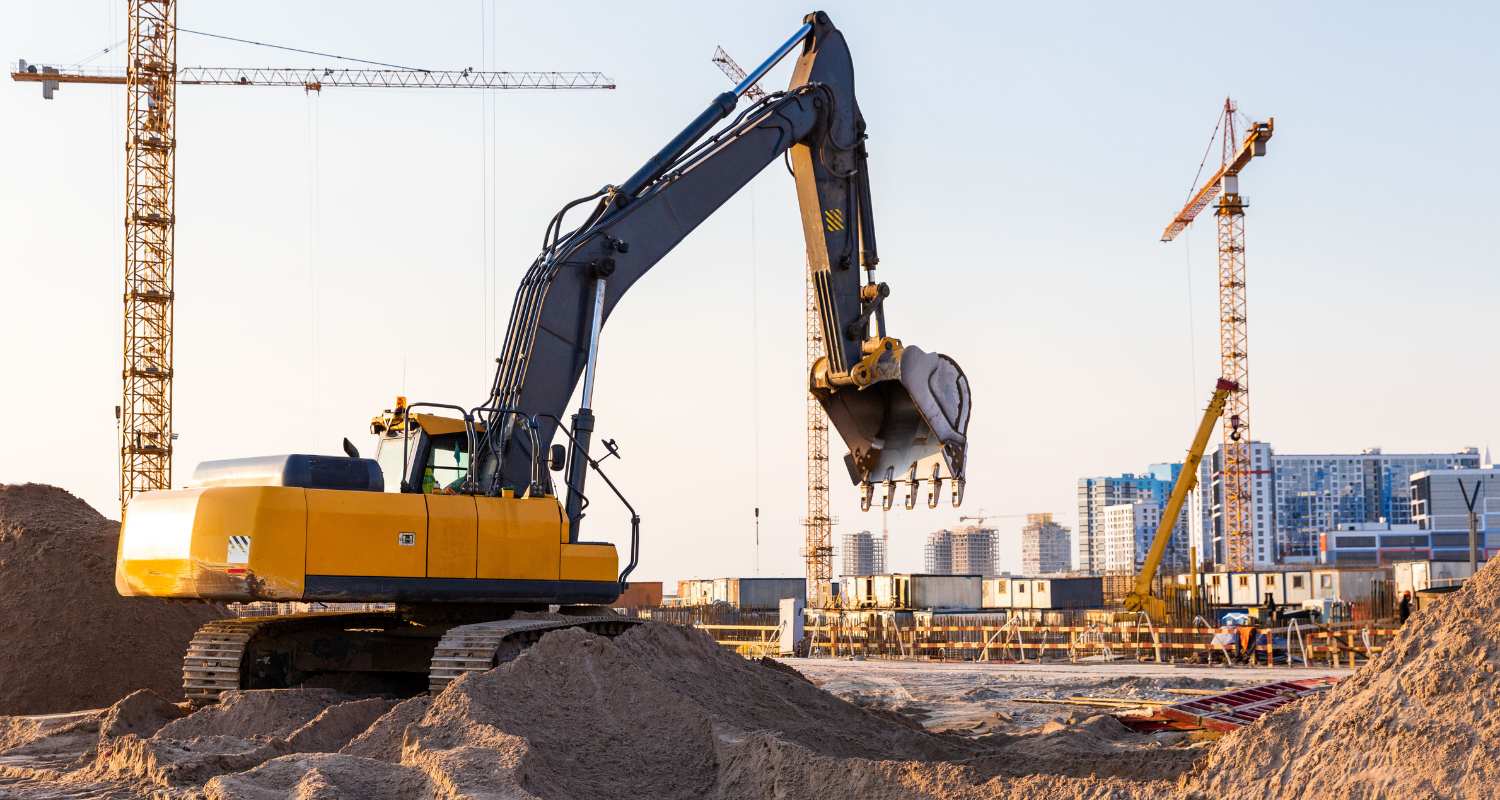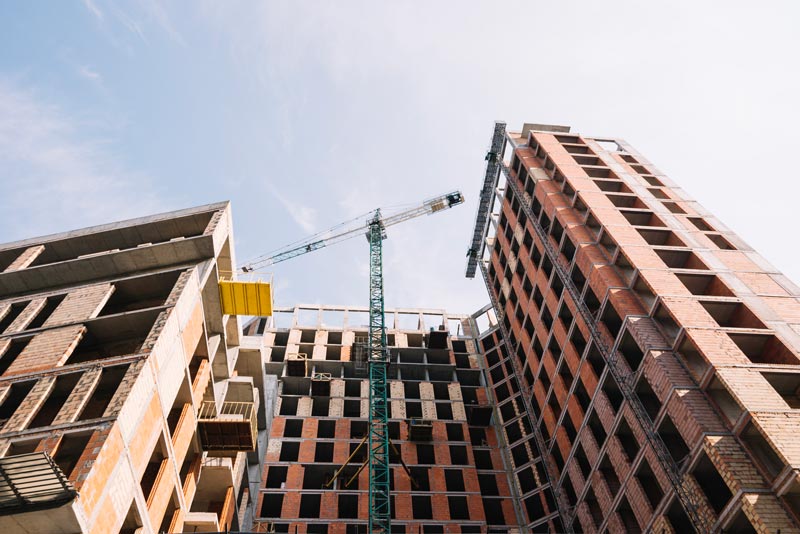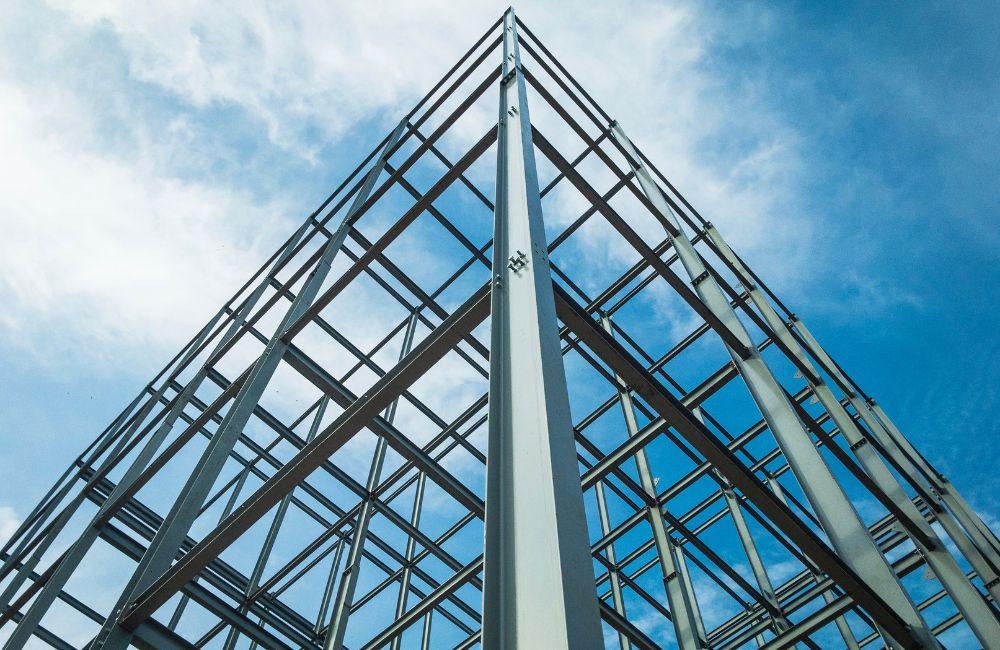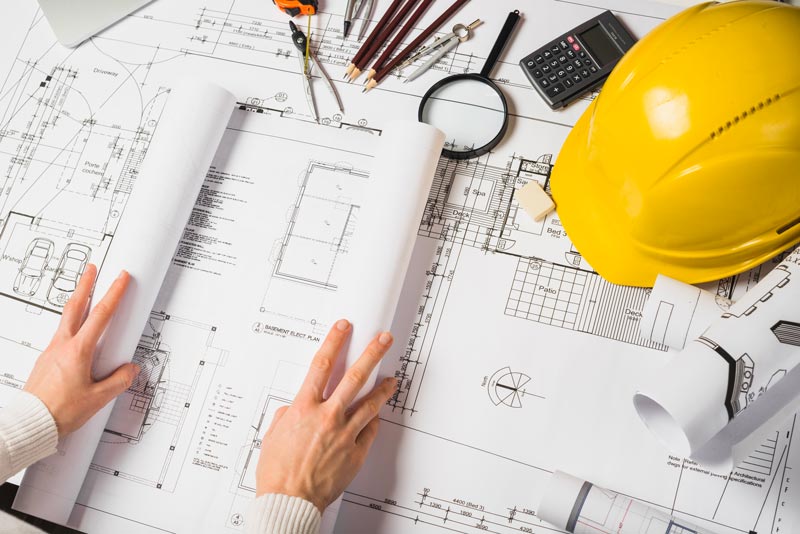Construction projects, especially large commercial ones, are complex and challenging endeavors. Though they offer significant economic benefits, without the proper planning, coordination, and execution, they may end up exceeding their original budget. In fact, according to Strategy+Business, 91.5% of projects go over budget, over schedule, or both. Furthermore, less than 1% of projects are completed on time and on schedule, and actually deliver the benefits promised. This can have serious consequences such as reduced profitability, lower quality, damaged reputation, and even legal disputes.
So why do construction projects go over budget? In this blog article, we’ll uncover the key reasons behind these budgetary nightmares, and explore effective strategies on how to budget a commercial project effectively and keep them on financial track.
The Cost Culprits Of Large Projects
Inaccurate Initial Budget Estimates
One of the most critical steps in any construction project is estimating project costs. Many large construction projects begin with optimistic budget projections that don't account for real-world complexities. Sadly, estimating is not an exact science and is prone to errors and inaccuracies. In fact, a report by KPMG states that approximately 70% of construction projects encounter cost overruns due to inaccurate initial estimates. Some common sources of errors are:
- Lack of experience or expertise in the type of project or location
- Insufficient or outdated data on market prices and availability of resources
- Unrealistic assumptions or expectations on productivity and efficiency
- Omissions or miscalculations of scope items or contingencies
Estimating errors can lead to underestimating (which can result in budget shortfalls, cash flow problems, and scope creep), or overestimating.
Scope Creep
Scope creep in construction refers to the gradual expansion of a project's objectives or requirements beyond the originally defined scope. It often occurs as projects evolve and additional tasks, features, or changes are introduced without proper evaluation or documentation. While sometimes inevitable, it can very quickly become a slippery slope. According to the Project Management Institute (PMI), scope changes contribute to cost overruns in 52% of construction projects.
When project boundaries are constantly shifting, it becomes challenging to control expenses, allocate resources efficiently, and meet project deadlines. By proactively identifying and addressing scope creep, project teams can maintain budget discipline, enhance project transparency, and ensure that resources are allocated effectively, ultimately contributing to successful project delivery within budget constraints.
Inadequate Risk Management
Ignoring potential risks is not just unethical, but can prove costly. While it may seem expensive at first, adequate risk management is crucial when a problem first arises. Otherwise, even more expenses can surface from schedule delays and contractual disputes to resource allocation and financial uncertainty. It is crucial for companies to invest in robust risk assessment and mitigation strategies to minimize the impact of unforeseen challenges and uncertainties on project budgets and ensure successful project outcomes.
Market Fluctuations
Market fluctuations can affect construction budget management in various ways, depending on the type and duration of the project, the contractual provisions, and the proactive measures taken by the parties involved.
One of the main effects of market fluctuations is the increase in material costs, which can have a significant impact on the profitability and feasibility of construction projects. Material costs can change rapidly due to factors such as supply and demand, tariffs, quotas, transportation, labor shortages, and natural disasters. For example, in 2021, the prices of lumber, steel, copper, and other materials soared to record highs due to the COVID-19 pandemic and its aftermath. Depending on the contract terms, the risk of material cost escalation can be borne by either the owner or the contractor, or shared between them. Some common contractual approaches to allocate this risk are contractor-at-risk, owner-at-risk, risk splitting, threshold approach, and trigger provision.
Another effect of market fluctuations is the delay in project completion due to material unavailability or rationing. Material shortages can occur when there is a mismatch between supply and demand, or when there are disruptions in the supply chain. For instance, in 2022, many construction projects faced delays due to the global semiconductor chip shortage that affected various industries. Delays can have negative consequences for both owners and contractors, such as increased overhead costs, liquidated damages, loss of revenue, and reputational damage. To avoid or mitigate these impacts, parties can take proactive measures such as securing long-term contracts with suppliers, ordering materials in advance, diversifying sources of materials, and implementing contingency plans
Unforeseen Challenges
Other unexpected costs can come from unforeseen issues, such as adverse weather, delay in permitting, regulatory changes, or unforeseen site conditions, can throw budgets off course.
Weather is often the most common unforeseen challenge and can affect construction budget management in several ways. First, by causing disruptions and delays in the project schedule, which can increase construction costs (overhead, labor, and material). According to one source, weather-related delays cost the construction industry $4 billion annually in the United States.
Second, weather can create unsafe working conditions for workers, which can increase the risk of accidents, injuries, and lawsuits. Extreme weather conditions such as heat, cold, rain, wind, and lightning can pose serious threats to the workers’ health and safety.
Additionally, weather events such as storms, floods, hurricanes, tornadoes, and hail can destroy or damage construction equipment and materials, resulting in losses and delays. Lastly, weather can affect the quality and performance of the work, which can require rework or adjustments. Factors such as temperature, humidity, and precipitation can affect the curing of concrete, the drying of paint, the sealing of roofs, and the planting of landscaping.
To mitigate the impact of weather on the construction budget, contractors can take proactive measures such as:
- Plan ahead for weather contingencies, such as securing long-term contracts with suppliers, ordering materials in advance, diversifying sources of materials, and implementing contingency plans.
- Utilize weather forecasting tools and data to monitor the weather conditions and adjust the project schedule accordingly.
- Implement safety protocols and training for workers to prevent or reduce weather-related injuries and accidents.
- Use weather-resistant materials and equipment that can withstand harsh weather conditions.
- Follow best practices and standards for construction work under different weather conditions.
How Claris Helps Your Large Construction Project Stay On Budget
When Claris is approached with a project, our number one priority is customer involvement and communication. In early stages, we obtain information regarding your project and begin the design process. We design enough to provide you with a budget, and can provide one to the client within the first month. Following the reevaluation of the budget, we have constant communication to make changes to the drawing. The key factor is that you know your budget way upstream and it is controlled and linear.
In past projects, we have worked with the client to stay within their budget while still providing all of the aspects of the project to them that they are seeking. Within all areas of the project: estimating, designing, or constructing, there can be alterations made that allow the owner to remain within their budget. We hold weekly owner meetings to review budgeting and any other project milestones. These meetings are informative and allow for the owner to ask any questions or tweak any upcoming design based on their numbers. Our budgeting process is completely transparent to avoid any surprises to the owner.
“Claris has been amazing to work with. This project took one year, was within budget, and finished ahead of schedule. Great people to work with.” - Steve Dicke, President, Connecticut Spring & Stamping, Farmington, CT.













